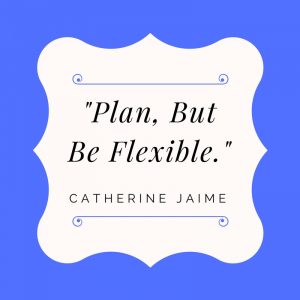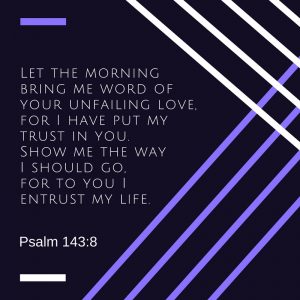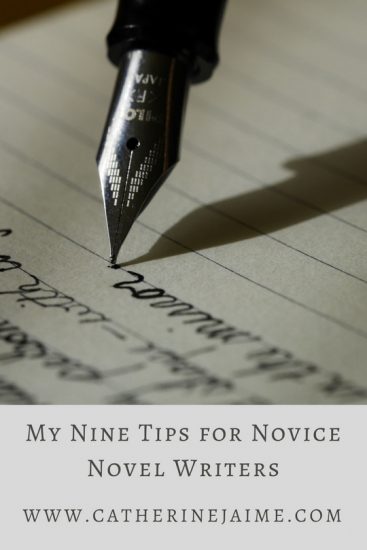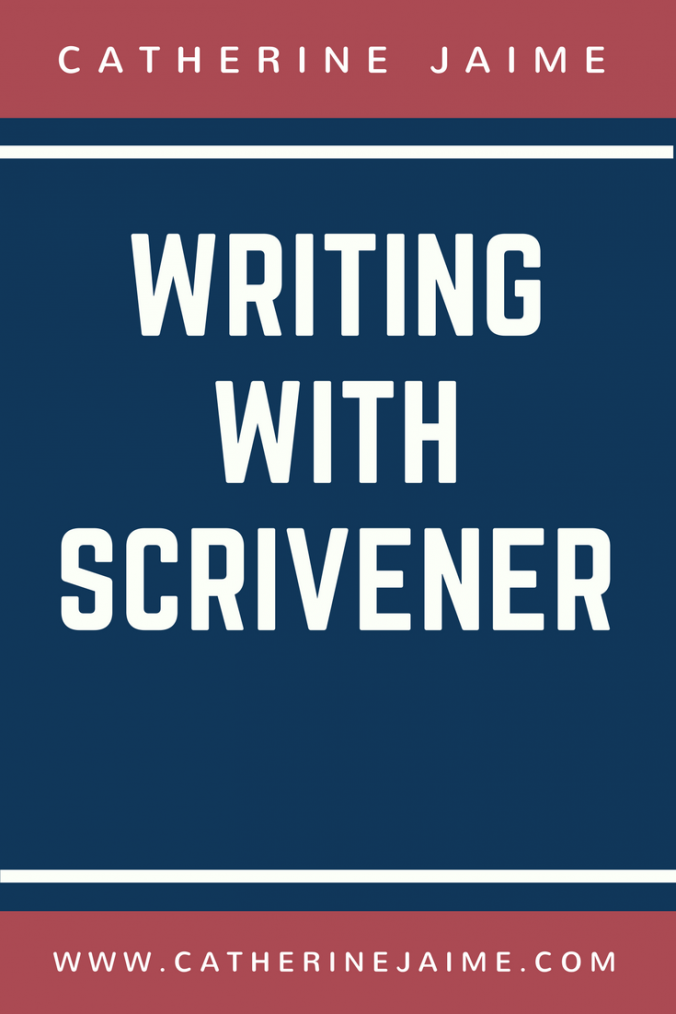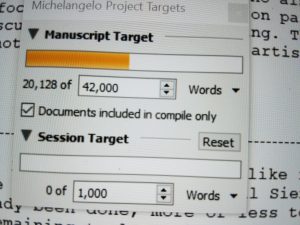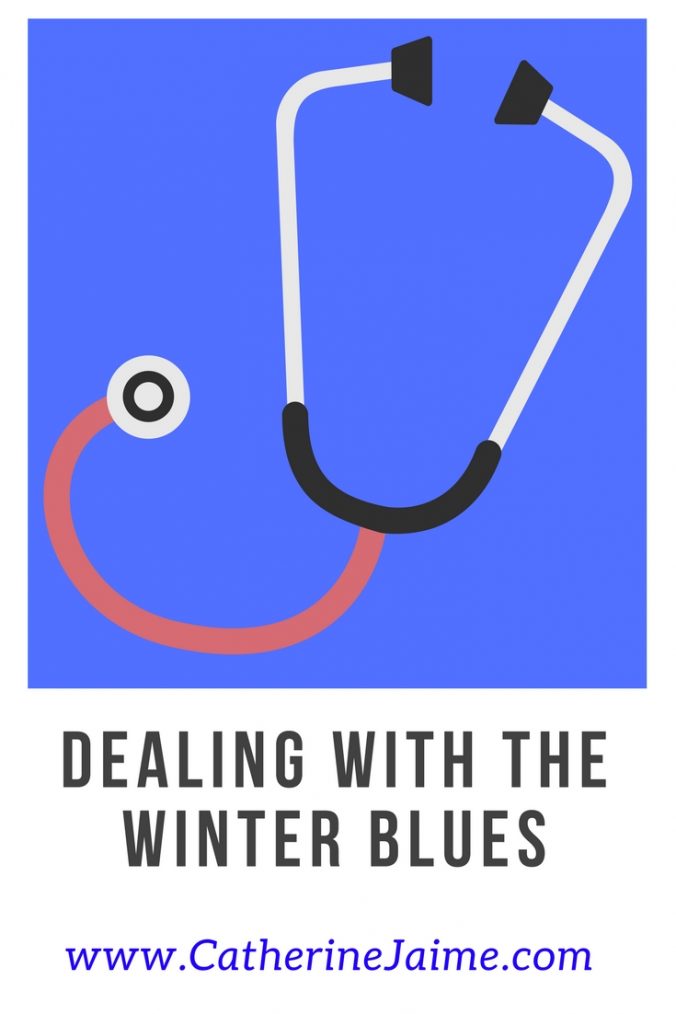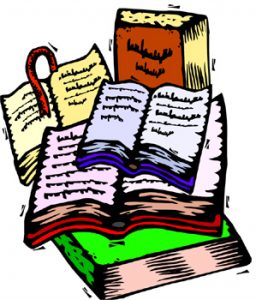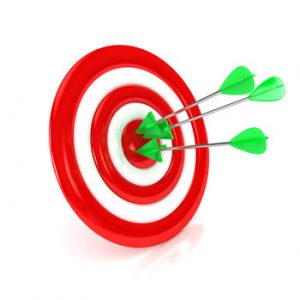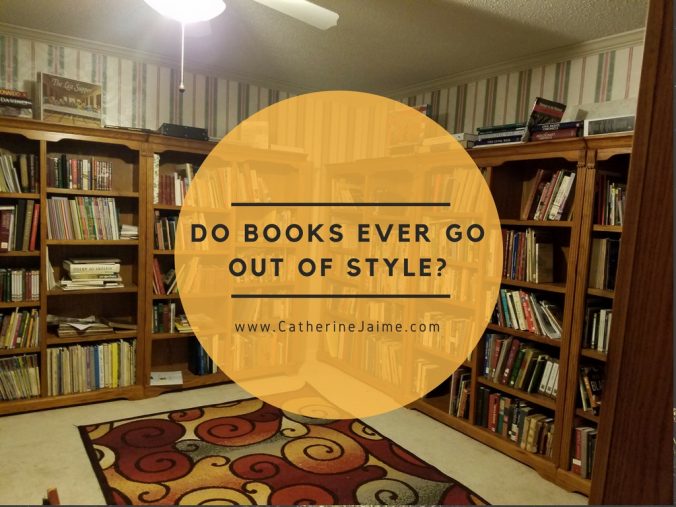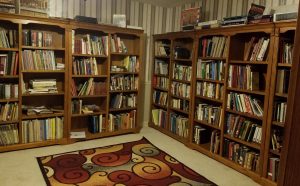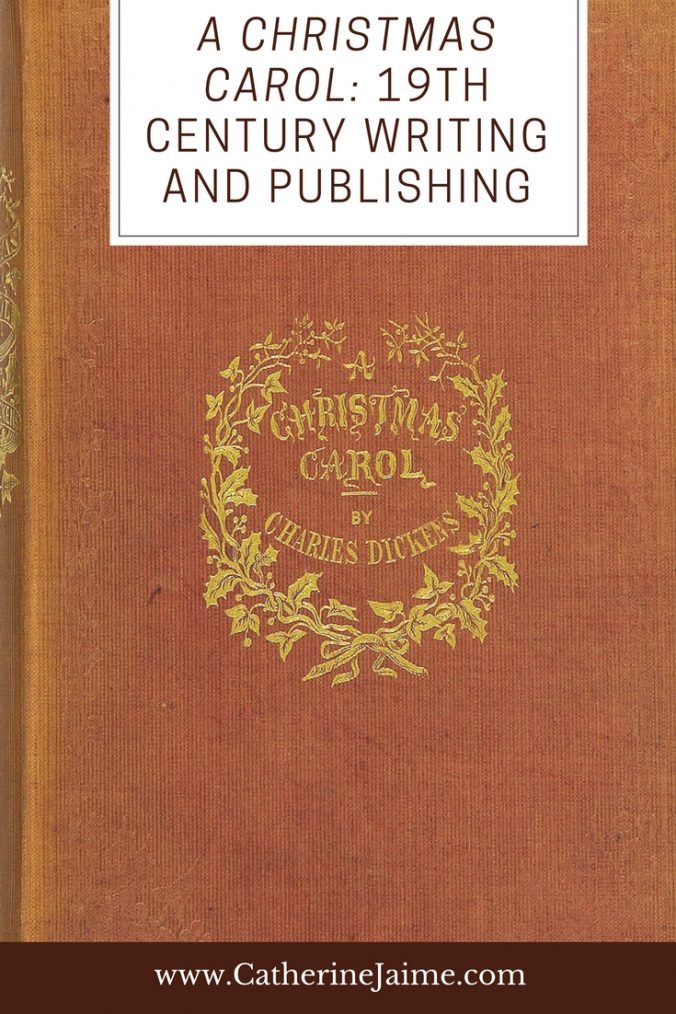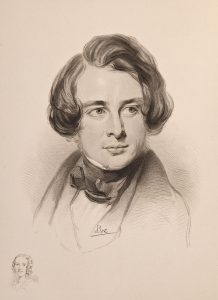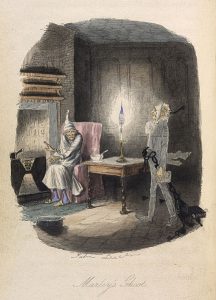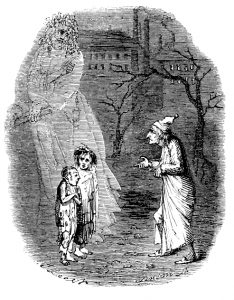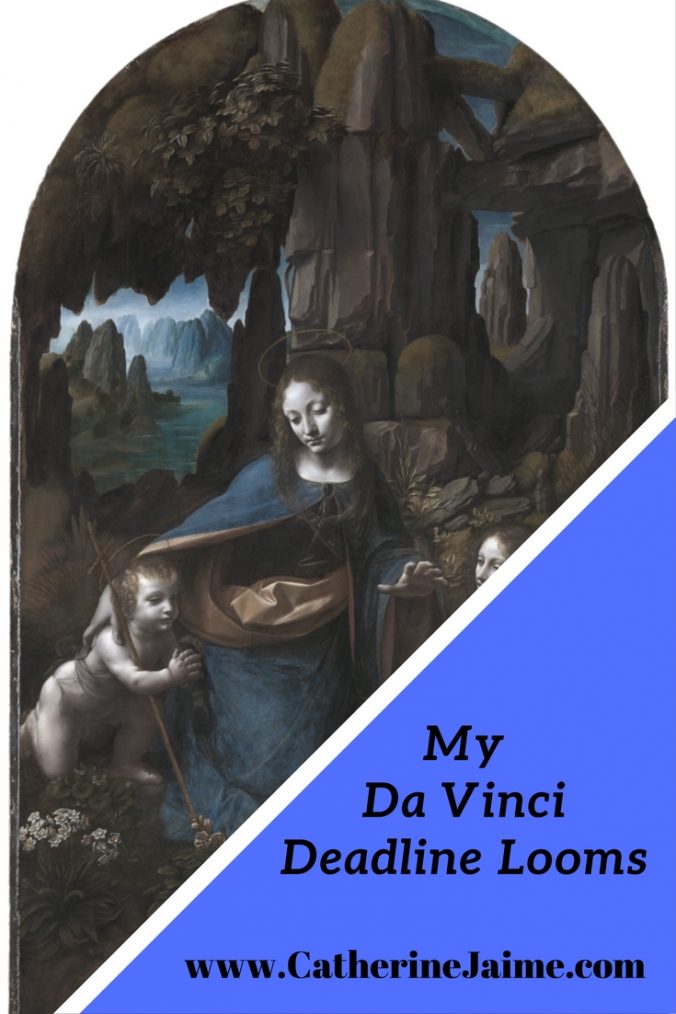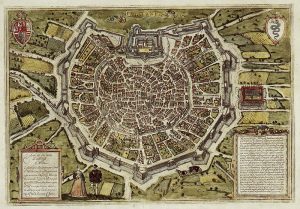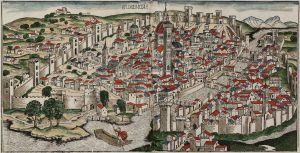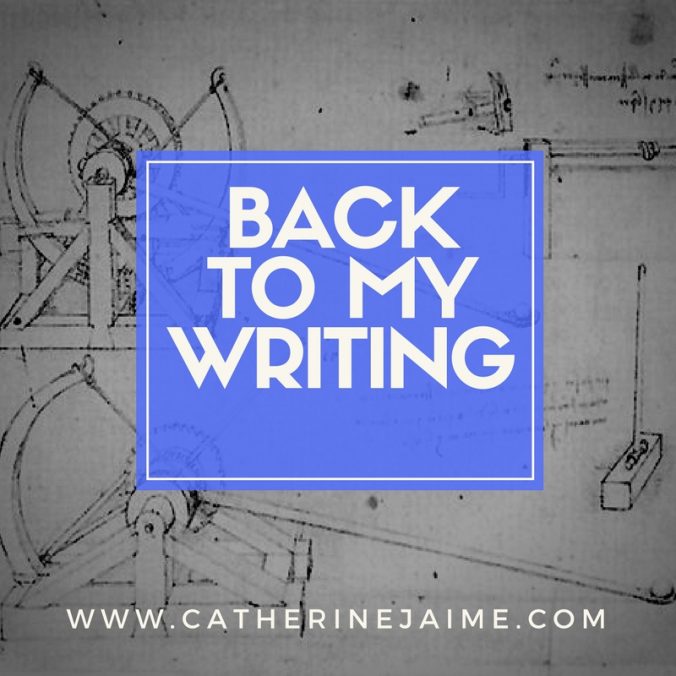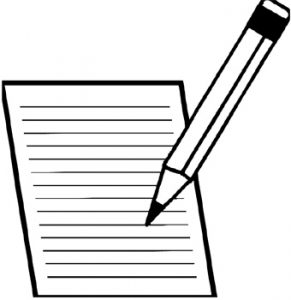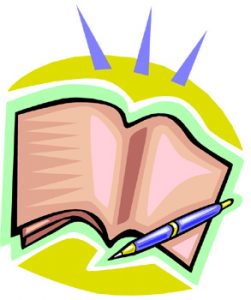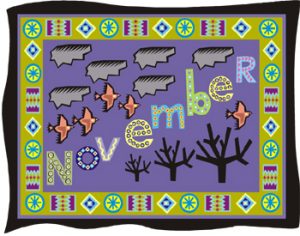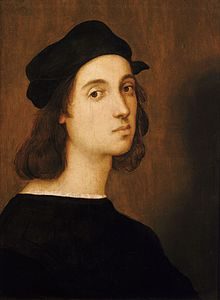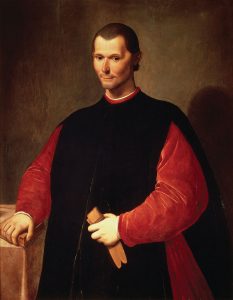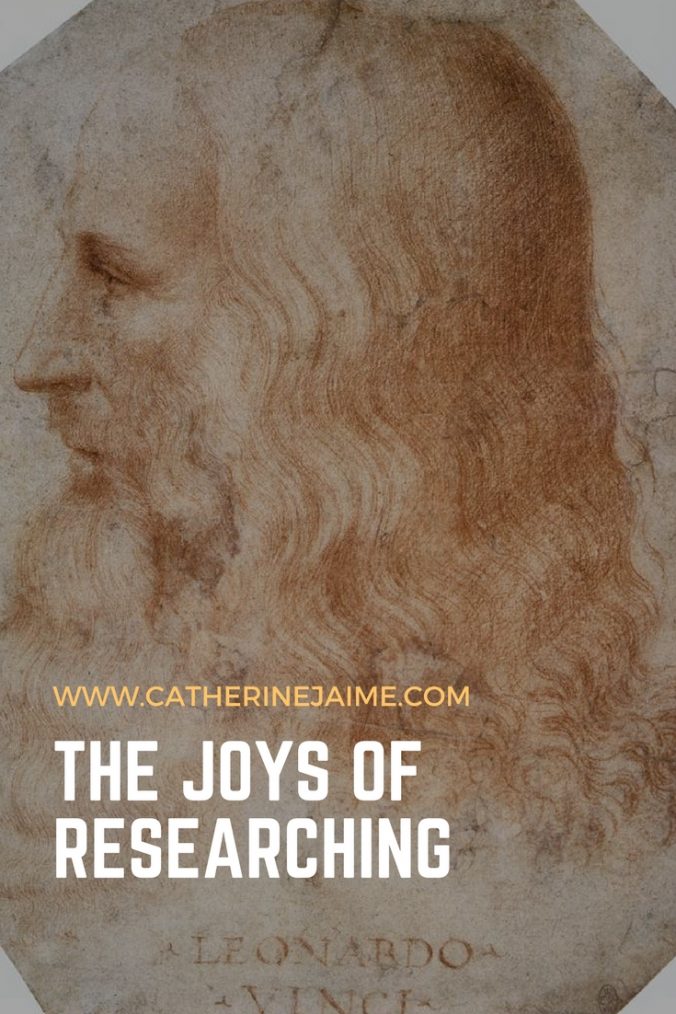My Tips for Novel Writers Start With
- Write about something/someone you are interested in
- Set goals
- Write daily
- Plan to go back and revise often
- Repeat until you’re happy with the length and the story
- Have multiple people read and give you feed back
- Revise as necessary
- Get your book published
- Celebrate and plan to start the next novel soon.
And Here’s How That Looks For Me Right Now:
My Novels

I write short novels that are family friendly and tend to emphasis the historical part of historical fiction. They are based on the types of books I like to read and often have difficulty finding. As opposed to many authors of historical fiction, I work my stories around what really happened, not the other way around.
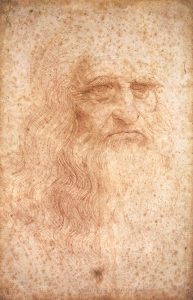
I’ve been writing novels on Leonardo da Vinci for a number of years now, and hope to finish the series by the 500 year anniversary of his death (Spring 2019, so time is not on my side!) My sixth novel is currently in steps six (being read by several beta readers) and seven (being revised based on their feedback), and at the beginning of March I moved on to my next novel. I’m taking a quick break from Leonardo to write one novel on Michelangelo (at the request of a dear friend), and then I’m back to the da Vinci series. I’m currently in the midst of step 3 (writing daily), and will need to get on to step 4 (revising) fairly quickly.
New Character – Michelangelo
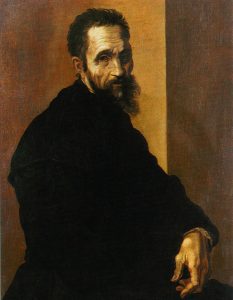
I shared last month that I was hoping to end March with at least 31,000 words written towards my new Michelangelo novel. I am happy to report that I made and exceeded that goal – ending the month with 36,000 words in my rough draft. And as of today, I have written at least 1,000 words per day for 33 days and counting, even while on vacation for almost a week of that time.
Writing Through Travels
I wasn’t sure if I would be able to keep it up while I was traveling and visiting with family, but I did. In fact, I found that my two travel days were two of my most productive days of the entire month. Those two days made me very appreciative that I am happy to write both on and off the computer. (Something that many other authors have told me is often not the case.)
Writing With or Without My Laptop
I find that I enjoy writing on the laptop, since I can see my word count as I work, and I don’t have to “waste” time typing something I’ve already written. But I also find plenty of times when it just isn’t convenient to write on the laptop, and then I’m just as at ease with a good pen and a notebook (or a legal pad, or, when I’m desperate and unprepared, even scratch paper).
Flying Home

I flew to Texas on a Thursday and found myself in a small seat with even less elbow room. (Is it my imagination or do the seats and the spaces around them just keep getting smaller on these airplanes?) There was just no easy way to pull out the computer, even as small as my laptop is. So, instead, I brought out my handy notebook and spent most of the hour long flight to Charlotte working on Michelangelo. The gentleman next to me slept most of the flight and I’m fairly certain paid no attention to what I was doing.
When I got to my gate, I had plenty of time before the next flight, and the seating area was still fairly uncrowded. So I was able to spread out a little, and type up what I had written on my way to North Carolina. By the time we boarded my second flight, I had typed up over 1,300 words. Since I had written so much, I allowed myself the pleasure of reading a new book on my phone. (The newest book in one of my favorite series had been released that morning, and I had been holding off starting it until I had my own writing done for the day.)
My Goal – 1,000 Words/Day
Most days that I was with family I managed to get my 1,000 words knocked out fairly early in the morning, so that I didn’t have to worry about when I would fit it in. (In fact, during the entire month of March, I only remember one day that I was heading towards bed without having started that day’s writing – I sat in my recliner that evening and knocked out my 1,000 words before I actually went to bed.)
My travel day to return home from Texas was supposed to be a shorter day of travel, since I was switching planes in Dallas this time, rather than in Charlotte, North Carolina. I had thought I would be boarding the first place at 9:00 am, be home by 3:00 pm, and in between there, surely find time to write at least 1,000 words.
Weather Delays
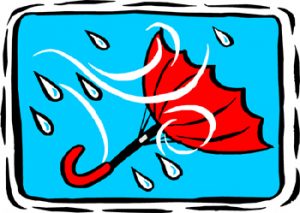
But, alas, the airlines and the weather had other ideas. I awoke to a text message saying my flight had been cancelled and they would contact me with details on a replacement itinerary sometime later that day. Eventually I got the email saying I was now booked on a 6:00 pm flight and scheduled to be home slightly before 11:00 pm.
So, with my plans for the day turned upside down, I decided to spend the extra hours of time in Texas to do some additional research. I had spent all of February doing research on Michelangelo, and that had brought me this far. But I was in need of more information on a variety of things, including how he actually went about sculpting his masterpieces. It was a good day of research and by the time I left for the airport at 4:00 that afternoon I felt like I had learned much more about my subject. But, as of yet, I had done no actually writing for the day.
One Delay After Another
The first flight from Austin was delayed, and then delayed again. When we finally took off, on the very short flight from Austin to Dallas I found myself next to a young woman who was very distraught at the fact that she had already missed one flight that day, and now was probably going to miss her flight out of Dallas. Needless to say, I didn’t get any writing done while I sat next to her.
Fortunately I had originally been scheduled to have almost a two hour layover in Dallas, so even with our tardy departure, I arrived at my gate 20 minutes before we were due to start loading. That wasn’t going to be enough time to write my entire 1,000 words, but I could at least get started. I began writing quickly, feeling the information I had gleaned from the earlier research bubbling up inside me, wanting to be added to my story.
The 20 minutes turned into 30 and then into 40. I think by time we finally boarded I had actually been sitting and writing for almost an hour. Because I had kept thinking I would be loading soon, I had once again written my words long hand instead of typing them out.
Finally Flying Home
This time our flight was over two hours. I found myself next to another young lady, this one was heading home, and was scared to death as we got tossed around by the bad weather we were flying through. I spent much of the first portion of the flight helping her keep calm. When she finally fell into a fitful sleep, I took out my notebook and continued my writing. We arrived home that evening after midnight, so I didn’t type of that travel day’s words until the following day, when I discovered that I had written 2,000 words between the airport and the airplane. A good day’s work indeed.
Revisions
In writing my past novels, I’ve usually done a lot of the revision as I’ve gone along, and I had certainly thought I would do that with this novel. But I’m enjoying using Scrivener for the first time, and so far have been focused almost exclusively on the writing portions. My current plan is to wrap up writing the rough draft of this novel sometime in the next couple of weeks. At that point I will print the entire thing and do some hardcore editing. (I prefer to do serious editing on paper, and my new laptop won’t talk to my old printer, so that is part of the motivation to just wait and do a lot of editing at once.
My Goal for the Next Twelve Months
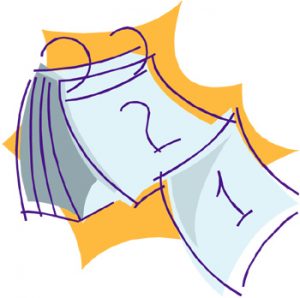
I hope to have the story to step 5 (happy with the story and the length) and ready to get feedback on (step 6) at least by the end of April. At that point I will have approximately 12 months to write 3 more books on Leonardo, and will have to keep this pace going. It should prove to be a busy (and hopefully, productive) year!
Happy reading and writing!
Cathy


